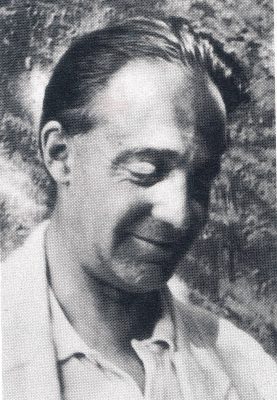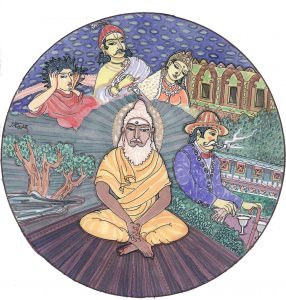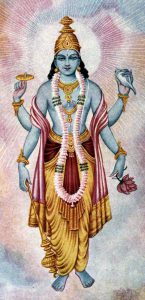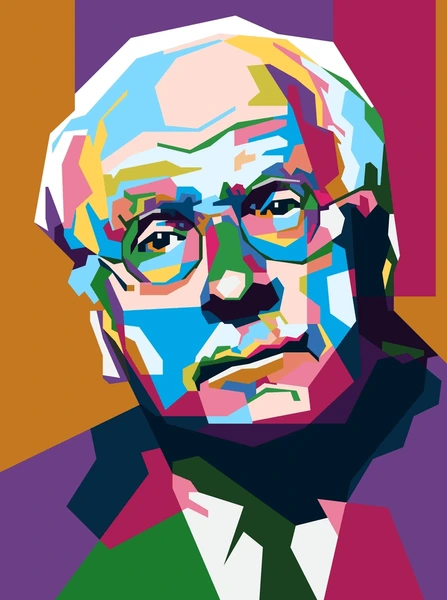Heinrich Zimmer was the father of contemporary mythology. He had a great impact on Joseph Campbell. If you want to know more about mythology as a manifestation of energy, this is the book for you to read.
This Mindfunda is a book review of:
Myths and Symbols in Indian Art and Civilazation written by Heinrich Zimmer. Edited by Joseph Campbell, a republication by Princeton University Press.
Heinrich Zimmer, German had a great impact on Joseph Campbell. Campbell was a student of Zimmer. In 1940, long before Bill Moyers made his last name into something more than a can of convenient tomato soup.

Heinrich Zimmer in America
Heinrich Zimmer was German by birth and moved to America in 1940. Because he had written a critical article about American Indologists, he was not welcome. In the classes he taught at the Columbia university he only had a few students. The notes from those classes have been edited by Campbell in this book, originally published in 1946.

Joseph Campbell had the good taste to appreciate Heinrich Zimmer’s new visions on mythology. Interpreting gods as energies was ground breaking at that time.
The difference between mythology of the East and mythology of the West, one of the key points of Campbell’s mythological insights, originated from the thoughts of Zimmer.
On the darker side: it led to an endless devaluation of Western thought as being “material”, almost “diabolical” while the Eastern thought was idealized. Every person in the East was thought of as a philosopher, while the Western civilization was seen as greedy and ignorant.
In the seventies it led to a hippy culture of meditating people. Unfortunately, even though their intentions were good, the world is still an uncomfortable place from time to time.
Heinrich Zimmer: Indian Mythology
Myths and Symbols in Indian Art and Civilization tells the story about how energy transforms and shapes everything, but is never lost. The Wheel of Rebirth spins round and round in a never-ending cycle…

This thought is still inherent to the Western way dreams are interpreted. Usually every dream symbol is interpreted as a manifestation of the Self. A symbol is the energy of the dreamer that manifests in multiple forms.
“The maya of the gods is their power to assume different shapes by displaying at will various aspects of their subtle essence”But the gods are themselves the productions of the greater maya: the spontaneous self-transformation of an originally undifferentiated, all generating divine Substance” (page 25).

It was exactly this interpretation of myth as a manifestation of energy that attracted Campbell’s attention.
Heinrich Zimmer: Symbols
Myths and Symbols in Indian Art and Civilization contains a wealth of information about symbols, just as the title would suggest to the potential buyer. You will not be disappointed.
The book is filled with information about animals like snakes, serpents, elephants (did you know that according to Indian lore, the first elephants had wings?) and birds. The Garuda, born at the beginning of time, flaps its mythological wings.

The book will tell you about Shakti and Shiva as symbols for the inner duality. It will explain the three-fold manifestation of Indra: Brahma the Creator, Vishnu the Maintainer and Shiva the Destroyer all constitute the wheel of life.
I just loved the fact that there even is a God(dess) dreaming up the Universe in Indian mythology, just like in Norse Mythology. I remember how much fun I had meeting this Goddess in the Lucid dream of my online Norse Mythology course (I might write a blog about that dream soon).
If you are into dreams and mythology, you are going to appreciate this book, there is no doubt about it.
A definite Go if you are looking for a good book that will add even more depth to your knowledge of mythology and symbols.
Literature
M. H. Case (editor) July 14, 2014: Heinrich Zimmer: Coming into His Own Princeton, New Jersey: Princeton University Press.
Our Current Courses (Click to find out More)
Sign up for our free e-book: 10 easy ways to instantly improve your dream memory
Join me on Instagram: https://www.instagram.com/mindfunda
Follow me on Facebook: https://www.facebook.com/susanne.vandooorn
(Ready for more free Mindfunda content on ‘#MYTHOLOGY‘?

Where does Lent come from?

What is Sacred Marriage?

Dog in dreams: 3 archetypical implications
Comments or suggestions? Share your thoughts:



Elaine Mansfield
Subject: Heinrich Zimmer
Message Body:
Thank you. I haven’t seen the book by Case about Zimmer. If I weren’t so far behind in reading, I’d promise to get it.
Yes, we hippies had good intentions and thought we would change the world with sisterhood, brotherhood, and love. Like everything else in this life, results were mixed–and by the late 1960s, love was fusing with violence. Joseph Campbell introduced many of us to Eastern thought through Zimmer, but I came to Eastern traditions through the philosopher Paul Brunton who wasn’t much interested in mythology. It took me a few more years to realize that I was.
My women’s mythology class that’s been meeting for 25 years is settling into our next depth study on Hindu Goddesses and Gods with a focus on Southern Indian Parvati and Shiva. We’re also fascinated by Ardhanarishvara, the androgenous, half male, half female form of Shiva. Knowing our pace and the way we dig deeply, paint, dance, dream, etc., this will all take a few years.
Thank you for your comment Elaine. Because of a change in the structure of the blog, you usually sent your comments to me by way of email. I shall try to change it.
I would definitely love to take part in a mythology group like yours. It would be thrilling for me. I understand that you also share mythological dreams together? That must be so enriching for
the soul. I ope you will write something about t on your excellent blog